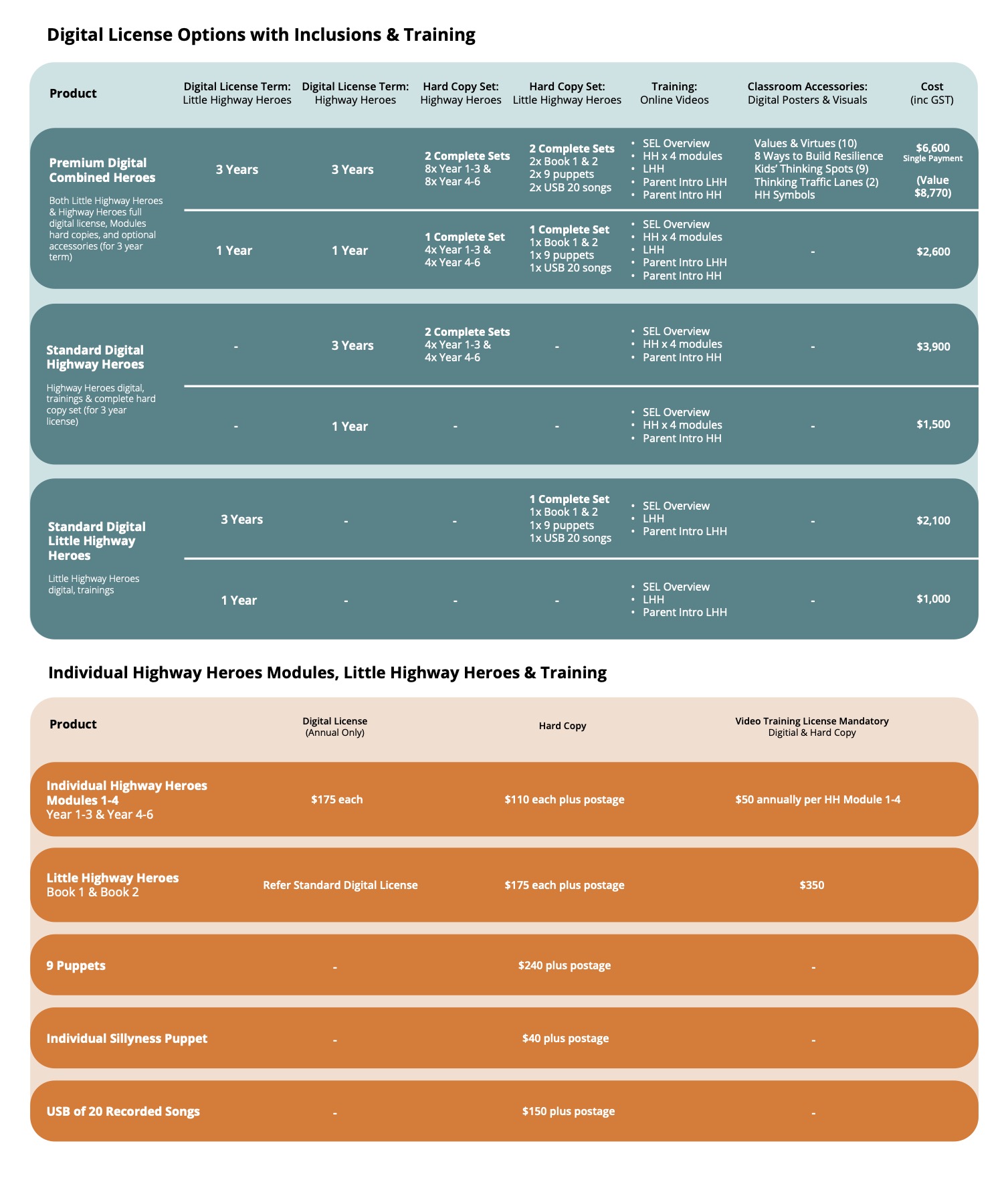I sat and listened to some very experienced urban planners talking about ‘wayfinding’ – all the ways that people navigate new and complex landscapes using maps and signs. As someone with very little sense of direction, signs are an essential part of my day as I move through schools, health systems and suburbs.
Travelling along the highway of life is SO much more complex for most of us, with far fewer signs to point out the bumps, potholes and detours ahead. Wouldn’t a sort of ‘Google Maps’ for feelings – pointing you in the right direction and giving you fair warning of hazards ahead – be truly sensational? The map-building for our feelings starts early in life.
Early mapping – it’s important
How did you learn about your emotions and how to greet them, and then manage them successfully? Who was your ‘emotional map-maker’ who helped you to understand and manage big feelings as you travelled along through childhood, experiencing all the pleasures and challenges offered up by the world?
It happens sometimes, that not every child has an emotionally mature adult to hold their hand and guide them along through frustrations, disappointments, excitements – you know – that vast vat of emotions that are a normal part of everyday life.
You might have heard the term co-regulation and wondered what it meant. Basically, it means exactly that – using the stable and steady emotional system of a big person to guide and shape the neurologically immature system of a little person. That’s very important stuff in the big picture of life, because our feelings are right at the centre of our success.
Dr Dan Siegel has said that you need to be able to name feelings to tame them. It’s an important message to think about. If you can get right down to eye-level of a little person who is ready to pop with frustration or irritation – and not just sooth the emotion to make it lessen, but name it to bring it under control – you’re giving them a huge head-start in life. Essentially, you’re creating a sign that gives a child directions on how to recognise and manage that feeling when it pops up again.
Reflecting on your own map
Part of parenting is having to look at your feelings map to see if you have enough signs on that tricky landscape to help you navigate your way through the complexities and challenges of raising a little person. There are signs that you might not have enough signs (this is getting complex) including:
- Reacting in a disproportionate way to what’s in front of you – and then possibly feeling guilty later (That sign says, “Why do you ALWAYS have to behave like this?”)
- Using shaming as part of your response to a child in some sort of emotional dishevel (That sign says, “I’ll show you (up)!”)
- Not being able to empathise in any way with your child’s feelings or state and feeling almost removed from the situation (That sign says, “Whatever! I’m so exhausted I just don’t care.”)
- Smothering your child because you don’t want them to feel the same as you did when you were a child (That sign says, “They can’t bear the {disappointment}”)
All of your life’s experiences – including those that you had with your primary caregivers, have shaped your emotional landscape. The big people in your early life laid the signs along your developing emotional highway that shaped your coping skills. For example, feeling acutely shamed as a child will often mean that risk-taking as an adult is hard. If you even think you see a sign up ahead on life’s twisty-turny highway that might involve being shamed again, you make a swift u-turn. And, of course, that is going to impact the way that you parent your child and it might even limit how much risk you let your child take just in case they have a similar experience.
Challenging your emotional way-finding
We’re complex us humans. Right from the moment of conception, the neurological roadmap for how we’re going to travel through life starts being drafted. So, I’m challenging you to go back and read the signs along your parenting roadmap. The ones you’re proud of – and the ones that you would like to work on. If you keep right in the front of your mind that the way you navigate those big hairy emotions that come up as a very normal part of parenting is the beginning of your child’s own roadmap for how they meet, greet and express their own big feelings, it becomes easier to make time to do the work to perhaps decide on some new directions on your emotional roadmap.
Google-maps for recognising and managing feelings would be so useful in the course of the normal parenting day. Simply read the sign and follow the arrow towards a successful destination. However, it’s just not that easy. Long before most of us were able to lay out our own emotional signs for coping, there were people in our lives who put their own signs along our roadmap – some functional and others not at all.
What I have learned from experiencing life is that I have the power to completely map, and re-map, my emotional landscape. I can tear down the sign that goes up when I get in from work that says, “Kitchen Disaster Ahead – Everyone takes you for granted in this house” and replace it with, “Kitchen Work-in-progress – many hands make light work.”
Signage, I have learned, is changeable. Your emotional signage should give a clear direction on which direction to move in – and you have the power to wipe off the sign that’s there if it no longer serves you, and write your own.
If you want to read more
Our award winning Kids’ and Parents’ Guides on ‘Feelings, moods & all that stuff’ are a sensational way to grow your awareness of the importance of emotional health and making sure you’re taking enough time to slow down, read your existing signs and make some new ones wherever necessary. Our curriculum resource, Highway Heroes, has Module 4 that covers feelings and mood mapping for primary school aged children.


